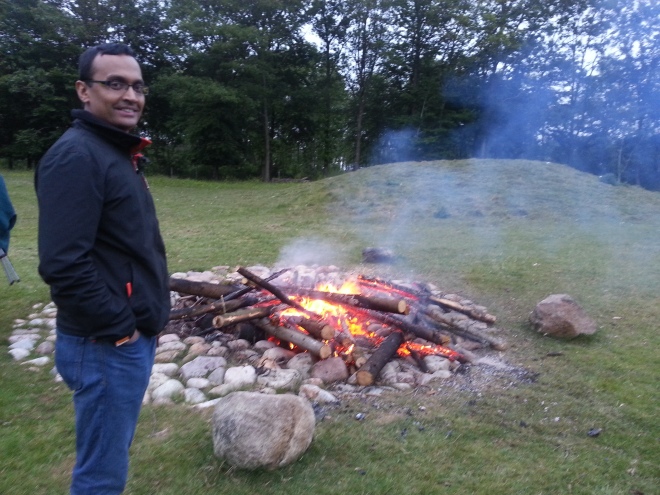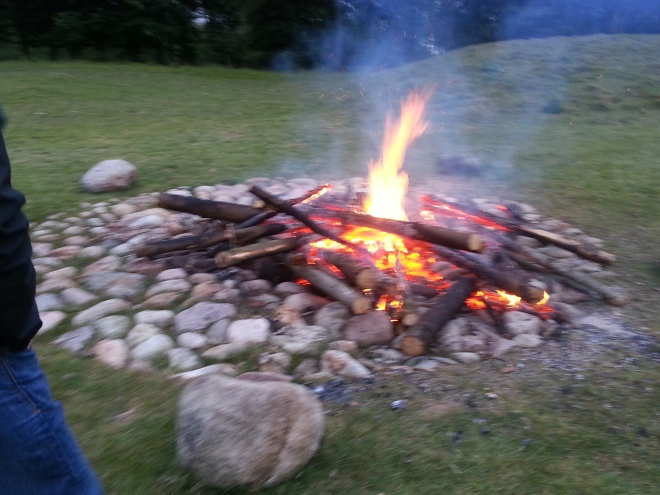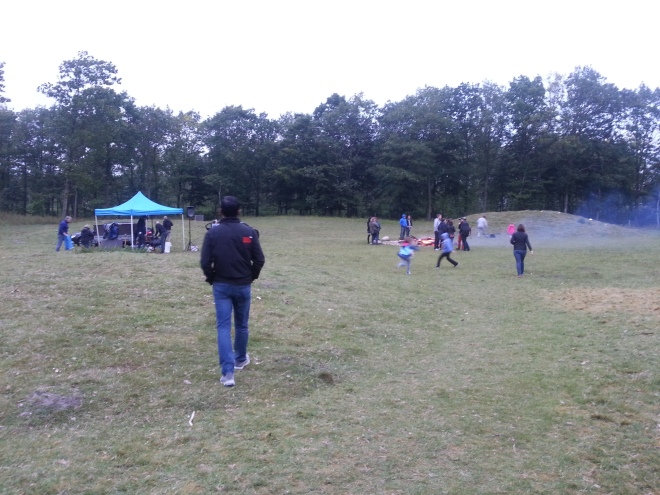I suppose I am always in look out for a story; especially, when I am travelling. Its always the local stories that go behind the local traditions and the local food that fascinates me. I think in order to assimilate with the local culture and understand people in an adopted country, knowing their culture and the history behind that culture and tradition is very important. The stories that give rise to decades old tradition are not mere stories. In fact I think they are a lot more than a string of words strung together to form a, more or less, linear, dramatic arc. These stories matter so much and are the ones that have been held on to and kept the longest, because they are the stories that are build, organically, with no boundaries set in theme or time; these are the stories of who we are; each one of us. What our lives mean. Who we love and count among our tribe, our family. What be believe, truly in our hearts. Why we strive. These are stories, and the people and places we choose to include as characters and settings, enter in and leave us. Some stay. Most move on. Some are like snowflakes that arrive gently and some are like hail that batter us hard. But they’re all pieces of this puzzle we call life.
As we begin the second year in Denmark, learning more about the local culture and the stories that have given rise to this culture is up on my agenda. And to further this agenda, I begin with the first tradition that is celebrated across the country to mark the summer solstice and the eve of St John the Baptist alleged birthday, the Sankt Hans or the Midsummer Bonfire.
In Denmark this day is celebrated on the 23rd of June, the eve of the summer solstice. It is something similar to celebrating Christmas eve more than Christmas. To mark the occasion, gathering and celebrations are organised where people bring in their picnic dinner to share, huge bonfires are lit, music is both sung and played, and speeches are made.
Sankt Hans is the Danish name of St. John the Baptist who was allegedly born on 24th June. Huge bonfires are lit to ward away any evil that were presumed to be roaming freely when the sun was slowly turning towards the south side again. They are lit in order to protect people from the evil eyes of the witches who were believed to become powerful during this astronomical transitional phase as they often met more powerful beings to increase their dark powers.
In ancient times, during the period of 1540 to 1693, many women who were considered witches by the church were burnt alive in these bonfires in Denmark. However, from the 1920's an effigy of a witch made out of straw and cloth was burnt traditionally in the bonfire as a remembrance to the past brutality that were inflicted upon many innocents. In the modern era, the witches are now made out wood. People gather around the bonfire and sing midsummer hymns as the effigy burns. It is believed that the burning of the 'symbolic witch' would send the witch to Bloksbjerg, the Brocken mountain in the Harz region of Germany where it is believed that the great witch gathering was held on this day.
We celebrated this tradition as a couple this year as our little one had fallen asleep in her stroller. It is said the occasion is best celebrated near the water. As we do not have any water body in Billund, we celebrated it in a nearby park with a huge crowd gathering with live music, dance and grilled and roasted bread and of course drinks. A gospel choir entertained hundreds of spectators with a short concert and at 9 pm the bonfire was set ablaze. We stood there watching the fire, pulling our jackets close, as it was a windy day, and clapped merrily with the crowd. 



No comments:
Post a Comment